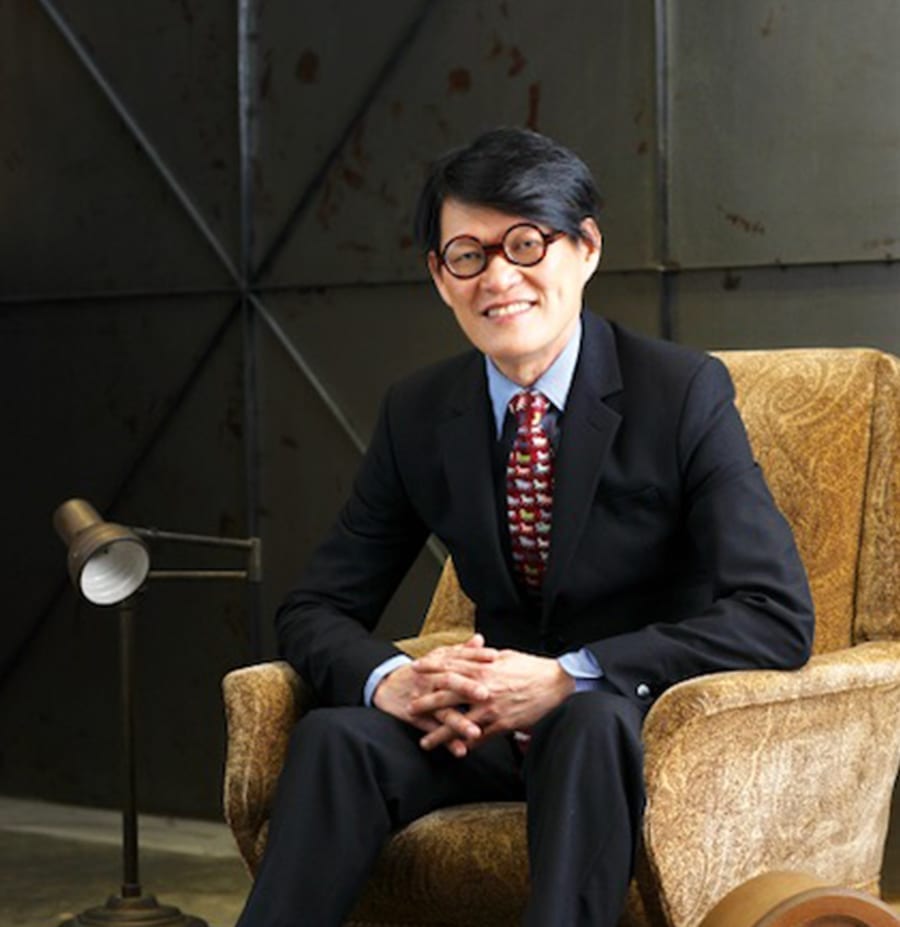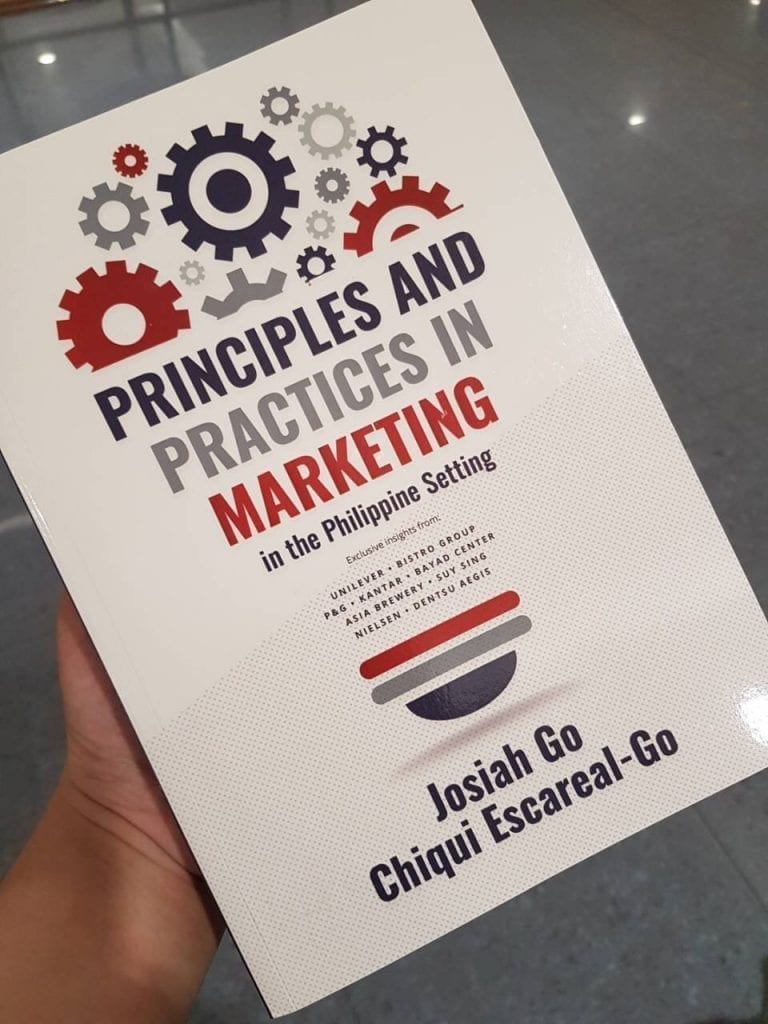
The Primer Group’s core businesses are in retail and distribution of 150 premium consumer and travel brands with store presence in 13 countries. It has diversified into industrial categories like air-conditioning and HVAC; textile printing and manufacturing; digital printing; building efficiency and energy management; security and fire safety solutions; and eco tours and hospitality management. By branching out into different industries, the Primer Group has gained valuable experience in penetrating different market segments and product categories. Primer CEO Jimmy Thai shares his insights about sourcing and marketing in a retail setting.
Q1: Primer Group has been bringing many fashion and travel brands to the Philippines for decades now, with over 50 brands in the country. Can you share with us the process of shortlisting and deciding which brands are eligible for entry in the Philippine market?
A1: The customer and the product – our success in identifying new brands that are ripe for the various markets we operate in, including the Philippines, starts with these two main pillars. We review numerous brands every year, making sure that the brands/ products that we introduce adequately address identified customer pain points. Our ecosystem of brands and retail outlets provides us with ample on-the-ground information on what our customers are looking for, and allow us to do a better job at sourcing new brands and products for them. Other factors that we take into account are – alignment to the overall Primer strategy/ portfolio, commercial viability, and current market trends.
In addition to this, we also look closely into the working relationship with our partner brands – at the end of the day, both Primer and our partners should have a long term mindset in order to build the brand and bring their products successfully into our markets.
Q2: In terms of selecting new products and brands, why do you prefer choosing market challenger brands to leading brands?
A2: We don’t limit our focus only to up-and-coming brands. While we’ve brought in brands that are market challengers, we’ve also brought in some heavyweight well established brands, such as Tumi, The North Face, Jansport, DC Shoes, and others. If I had to narrow it down, I would say that there are benefits to working with both types of brands/ companies. Market challengers are usually more flexible when it comes to working with Primer to delight local customers. Furthermore, these partners allow us to take an active role in shaping their strategy and direction to best fit our markets. On the other hand, while leading brands tend to have more restrictions or higher commitments, they offer stronger support for their distributors and all the necessary infrastructure and experience.
In our industry, staying relevant to our customers is key and disruption is a reality that we need to face, and so we are always looking out for the next big thing. As a company, we take pride in being brand builders, and in nurturing brands with our partners.
Q3: Many of your brands are in the same category. How do you avoid cannibalization?
A3: The main reason that we accumulate a basket of brands within a particular category is to build category expertise, and to establish credibility for our concept stores. For example, R.O.X. would not be the leading outdoor authority in the country with only Columbia, hence the decision to bring in The North Face and Salomon, among others. Furthermore, having the top outdoor brands in our portfolio makes our outdoor team more powerful than others because of their exposure to the top minds that are making products for outdoor enthusiasts – this collective and institutional knowledge gives us a competitive advantage compared to our peers within the category.
Going back to the previous question, having a portfolio of brands within a category also allows us to nurture up-and-coming brands and to spot rising stars within our portfolio. This ensures that Primer always has hero brands that are relevant to the different markets that we serve across.
Q4: How long does it normally take to negotiate bringing a major brand to the country, and what is the most difficult part of the process for you?
A4: The process usually takes 6 months at a minimum, and there are times this extends into years. While Primer is agile, there are important steps that we need to undertake in order to test a brand’s success in each market – product mix, pricing, and placement among many others.
The most difficult part is probably merchandising and forecasting – figuring out which products will sell within each market, and the right quantities to order. Too little and we lose out on opportunities to delight our customers, and too much means inventory that gets stuck in our warehouse. At the end of the day, it’s a delicate balance of both science and art, which Primer has honed over the last 35 years of business.
To add, another difficulty in bringing new brands into the Philippines is managing the brands’ expectations and aligning on the local market strategy. As can be surmised, the brands are usually very optimistic when entering a new market and we have to taper these expectations with our localized expertise to match the reality on the ground.
Furthermore, we put a big emphasis on relationship building, so while it’s easy to over promise, we choose to be conservative when crafting our numbers. Beyond this, what Primer guarantees our partners is our commitment to build their brands in sustainable ways for their business and ours.
Q5: How do you test if the new brands and products you bring in will click? And how long does it usually take?
A5: As previously mentioned, testing new brands/ products is a balance of both science and art. Our teams look into the sell-through rates and success of each brand in the various markets that they currently operate in, keeping a close eye on the similarity of each market to the Philippines, or other Primer territories. Additionally, our large and diverse footprint of concept stores allows us to straddle multiple categories and territories, which allows us to test brands across a diverse universe of customers. It usually takes 2-3 seasons (12-18 months) with marketing investment to observe relevant insights and assess the acceptance of a brand in a market.
Lately, we’ve revamped our process to include a 3-6 month test phase for products after negotiations, which benefits customers, the brands, and Primer. We’re continuing to evolve to guarantee that we are the local partner of choice for brands interested in penetrating the Philippines and for customers to shop from.
Q6: What are some of your key learnings from what worked and what did not in new product marketing? Can you cite some instances?
A6: The main takeaway from years of doing business is that there’s no one single way to succeed in marketing, and the most important part is to make a cohesive and coherent marketing plan that is centered on your customers. Keeping them in our focal point allows us to not just source the right products, but also to reach them in the most appropriate channels and to offer them the best pricing for the benefits they’re looking for.
One example that comes to mind is our recent launch of both Hydroflask and Polaroid. For the latter, we decided to support the re-launch of the iconic instant cameras with a full exhibit that showcased the works of local artists, while for Hydroflask, we chose to seed the products with key influencers of our target market that we identified. While still in their infancy stages, we’ve seen both approaches prove to be successful in their own right.
Another key learning we’ve had through the years is to temper our reactions in response to market trends and the competition. When we brought in FitFlop we were driven by the global popularity of flip flops, and we targeted the product for youth, which turned out to be the wrong target market. Instead of quickly pulling back on the contract, we pivoted the business to focus on a more mature customer segment that was looking for comfort instead of style. Today, FitFlop is our most successful footwear brand.
Q7: The rise of social media has brought about the ‘zero moment-of-truth’ (ZMOT) where consumers not only learn, but form opinions about brands before even visiting the store. What has been your experience in using ZMOT for launching new products?
A7: Consumers have already been doing this since the dawn of time – way before the advent of social media. Before Instagram, customers looked to YouTube and Google for product reviews, and before that people would look to magazines and TV. What social media has done is it’s made the business cycle much faster – instead of waiting to hear
about products from friends or seeing a commercial on TV, our consumers (millennials in particular) are constantly plugged in.
In order to best capitalize on this trend, we create our own marketing/ advertising campaigns to support existing materials from new products and brands. What social media has done is to provide us with another avenue/ channel/ platform for communicating with our customers. This has allowed us to gather insights on and to understand certain attractive customer segments.
Recently, we have launched the Polaroid Originals, a new brand and category for us. We are able to successfully launched Polaroid by effectively using social media to reach our customer that create excitement and conversion even before we made the product available in our stores. The result is one of the quickest and highest sell thru.
Notwithstanding, let’s not forget that the stores still play a very important role in educating a consumer, and they still ask loads of questions to our sales associates.
(Josiah Go is chairman of Mansmith and Fielders Inc. He will run the 33rd Market-Driving Strategy bootcamp on Feb 21-22, 2018. Inquire via info@mansmith.net)
Catch Jimmy Thai LIVE (rare appearance, rare insight sharing) at the 11th Mansmith Market Masters Conference, happening on March 18, 2020 at Resorts World Manila. Register early (pay in January 2020). Visit www.marketmastersconference.com.


